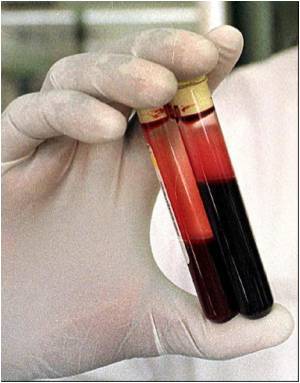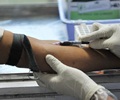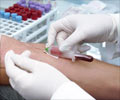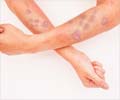A new study has shown that extending hepatitis C treatment for liver transplant patients beyond current standards results in high clearance rates of the hepatitis

"In the study, we saw a trend toward decreased mortality as sustained virological response was found to be associated with a 100 percent five-year survival rate vs. 86 percent for those without," Moeller added.
Although, statistically insignificant, the trend could show significance with longer follow-up and a larger sample size, said Moeller.
As part of the study, the researchers looked at 241 consecutive liver transplant patients from 1999-2006. Patients were offered treatment if they tested positive for hepatitis C, had recurrent hepatitis C with at least Stage I fibrosis on biopsy, and stable immunosuppression for a minimum of three months.
Patients received either non-pegylated interferon tiw or pegylated interferon weekly in combination with ribavirin.
Of the study patients with hepatitis C, 66 were eligible for treatment, and 22 achieved sustained virological response. Only two patients (8 percent) relapsed.
Advertisement
Dr. Moeller noted that 35 percent of patients who went on to achieve sustained virological response first became virus-negative at or following week 24.
Advertisement
The results of the study were presented at the Digestive Diseases Week conference in New Orleans.
Source-ANI
TAN















